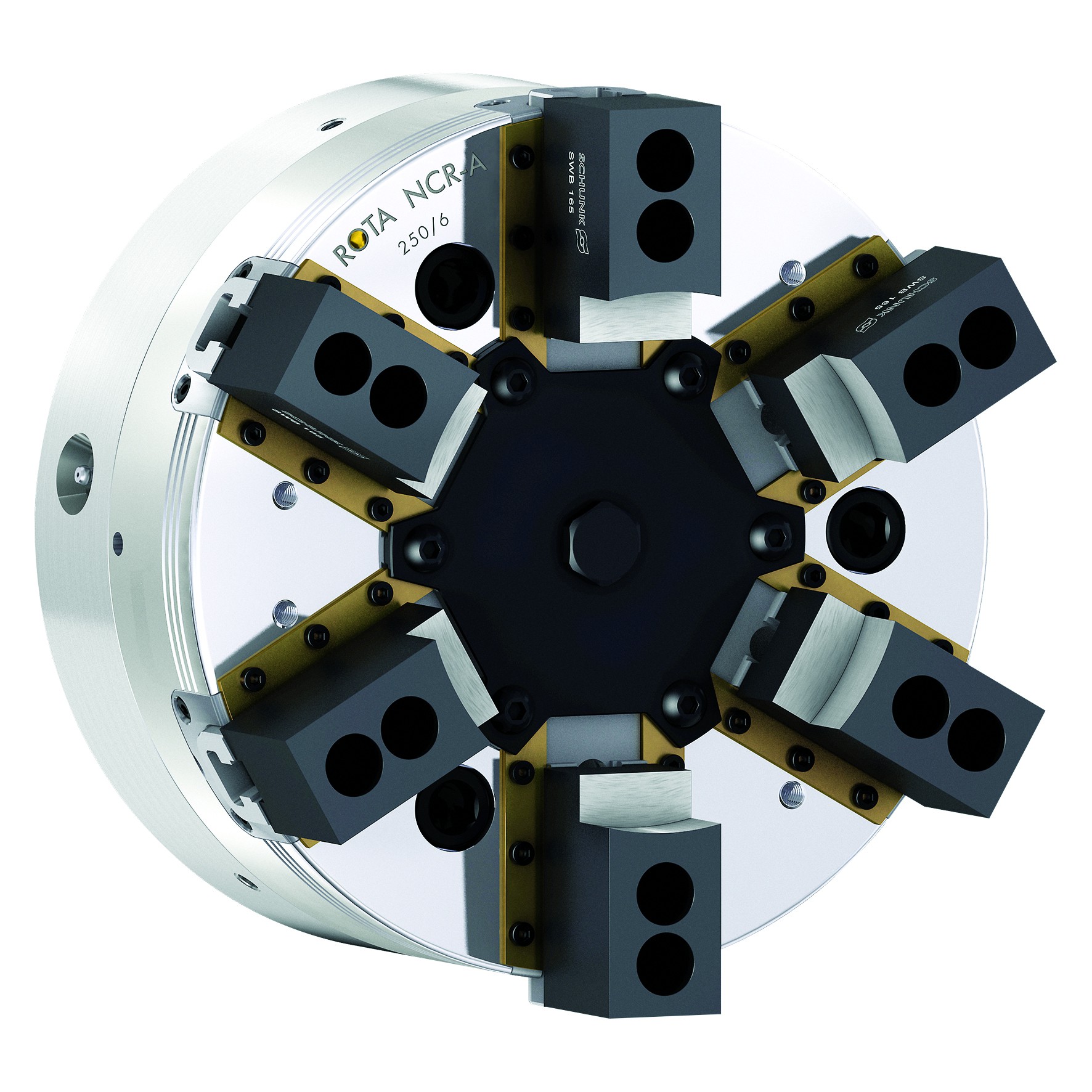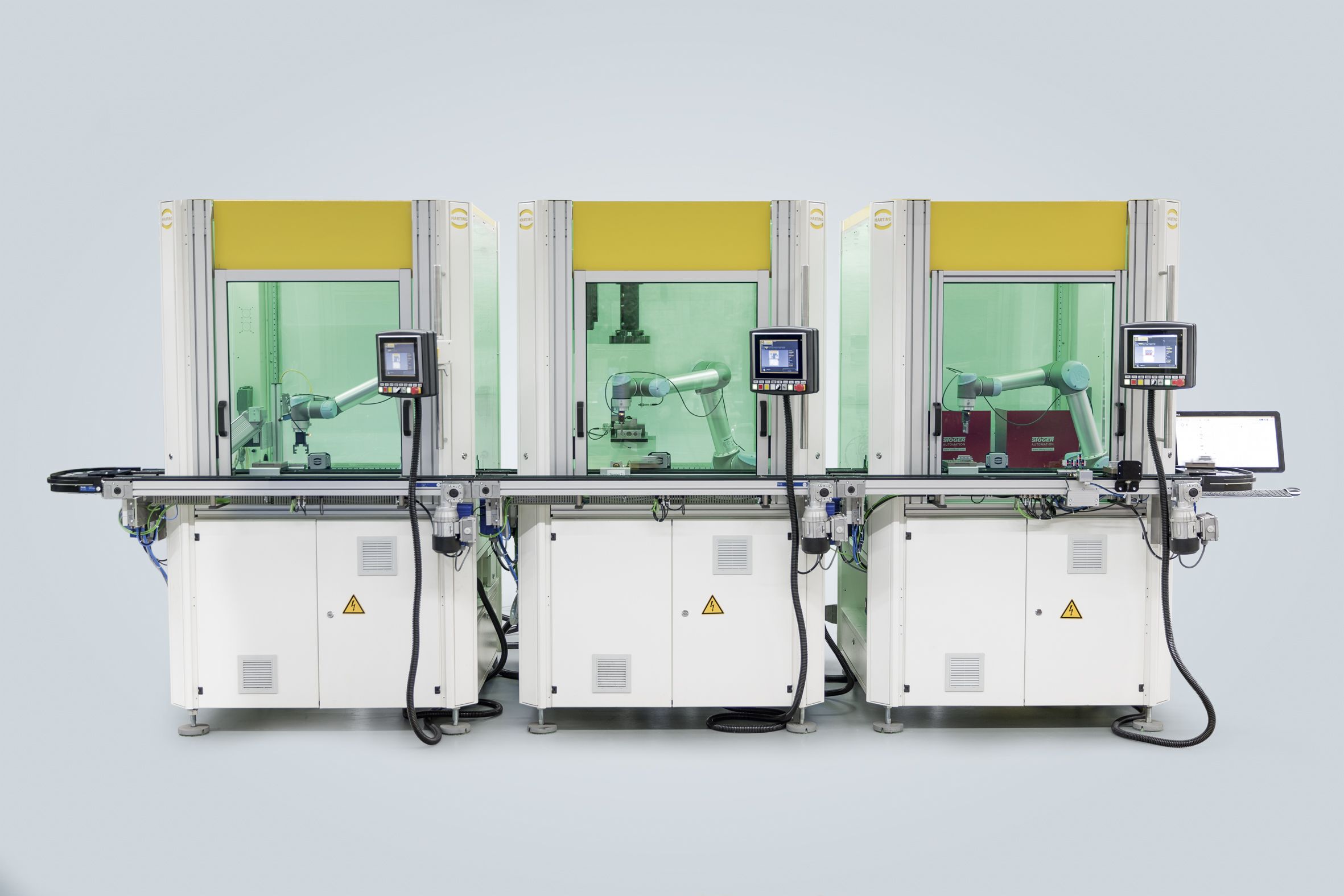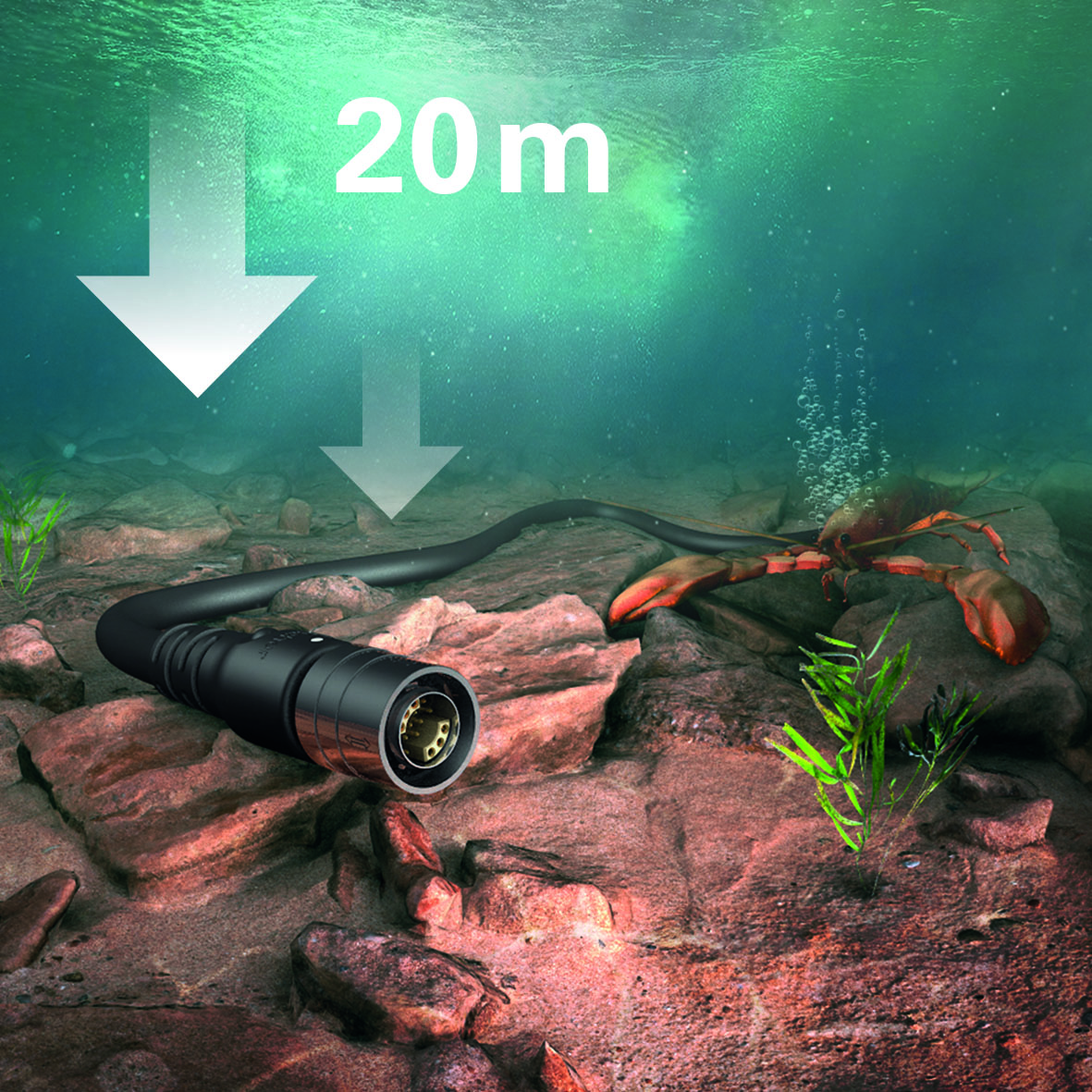Hitachi Industry & Control Begins Sales of “ADSTEFAN Ver. 2019” Casting Simulation System
Hitachi Industry & Control Begins Sales of “ADSTEFAN Ver. 2019” Casting Simulation System
In addition to expanded functions, the system is newly equipped with an in-mold gas flow analysis function for sand casting, supporting the reduction of the development term and improvement of product quality
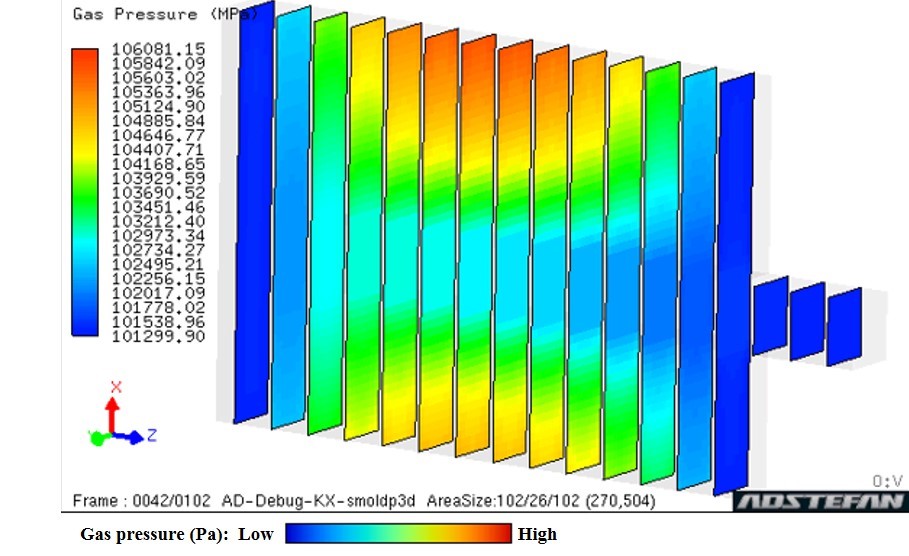
(in-mold gas pressure distribution)
Delhi, February 27, 2019 — Hitachi Industry & Control Solutions, Ltd. (“Hitachi Industry & Control”) today announced the beginning of sales of the casting simulation system ADSTEFAN Ver. 2019 starting March 1, 2019, in Japan and April 1, 2019, in India, China and Southeast Asia. ADSTEFAN Ver. 2019 is newly equipped with an in-mold gas flow analysis function for sand casting, as well as the ability to improve accuracy of existing functions and reduce time required for analysis. It enables simulations, that are closer to reality than conventional methods, which considers the motion of the gas generated during sand casting inside the molds. With these characteristics, ADSTEFAN Ver. 2019 supports further reduction of the development term and improvement of product quality for casting.
ADSTEFAN Ver. 2019 supports three languages: Japanese, English and Chinese. Hitachi Industry & Control aims to sell 150 licenses annually to research, design, development and production divisions for social infrastructure, automobiles, transportation equipment, industrial machines and machine tools of Japanese and overseas companies.
ADSTEFAN is a casting simulation system which predicts the casting defects that occur in fields related to the production of base stocks. It simulates flow of molten metals into the molds and state of solidification, which are not directly visible, and visualizes the process as three-dimensional images. With this configuration, the new system enables a decline in the number of trial manufacturers, supporting the reduction of development term and improvement of product quality.
Since the start of sales of ADSTEFAN in 1999, its functions and product performance have been frequently expanded and improved in response to demand from user companies, based on the results of joint research performed with academic organizations, partner companies and the likes. This system has been upgraded year on year.
Recently, the development of products with new concepts that respond to diversified needs has accelerated even in the automobile and transportation industries, infrastructure industry etc. Under these circumstances, for the parts constituting the products, it is necessary and desirable that the shape should be more complex; weight to be reduced; durability to be improved; delivery time to be shortened and costs to be reduced. The accuracy and efficiency of the simulation are both expected to improve in the process of casting simulation. The users of ADSTEFAN engaged in sand casting of industrial parts request functions to simulate the motion of gases generated due to the combustion of binders (1) inside the molds due to the heat from the molten metal, because such gases may cause casting defects.
In response to the above user demand, Hitachi Industry & Control developed the in-mold gas flow analysis function, which simulates the motion of gases generated inside the molds during the solidification of casting, through joint research with the Anzai Laboratory of Tohoku University. Further, Hitachi Industry & Control implemented demonstrations in the Research Center for Casting Technology of Iwate University, which boasts knowledge about sand casting and a large number of test devices. As a result, the system has been verified to have sufficient simulation performance, and the in-mold gas flow analysis function was newly installed in ADSTEFAN Ver. 2019. It is possible to perform product designs with consideration for gas flow using the results of analysis from this function.
As an expansion of the existing functions, the function for rotating mobile objects has been added and the accuracy of tracking the behavior of markers for analysis of fluid flow (2) has been improved, making it possible to carry out simulations that are closer to reality. ADSTEFAN is further equipped with a function for shortening the analysis time by increasing the speed processes for visualizing analysis results.
With the above new functions and expansions, ADSTEFAN supports the further shortening of development time and improvement of product quality.
Hitachi Industry & Control will contribute to the development of the casting industry and support industries all over the world by continuous improvement and expansion of the sales of ADSTEFAN.
(1) An agent for binding (the sand molds in this context).
(2) The flow of molten metals when it is charged into the molds.
Advantages of ADSTEFAN Ver. 2019
(1) [New function: Solidification analysis] In-mold gas flow analysis function
Hitachi Industry & Control has achieved analysis on the flow and the pressure of the combustion gas generated from the binder inside the sand molds in sand casting. The system predicts casting defects that can easily occur at locations where the gas pressure is high, supporting product quality for casting.
(2) [Function expansion: Fluid flow analysis] Mobile object considering function
Rotational movement has been added to the moving state control methods for the ladle (3), plunger tip (4), stopper (5), and molds that may be influential to the flow and temperature change of the molten metals. Fluid flow analysis closer to the actual casting is achieved using this function in combination with the parallel movement.

Simulation by rotational movement
(3) A dipper-like part used in charging molten metal into the mold.
(4) A cylinder-like part used in charging molten metal into the mold.
(5) A stopper used to prevent flow-out of the molten metal in accommodating the molten metal in a container with a hole on the bottom.
(3) [Function expansion: Fluid flow analysis] Marker function
The marker function is a function for displaying oxide films(6) and broken chill layers(7) that may cause casting defects as colored objects. This time, the dedicated physical model for tracking the status of generation of oxide films and broken chill layers and their motions in the molten metal have been introduced, and it is thus made possible to perform simulations closer to actual casting.
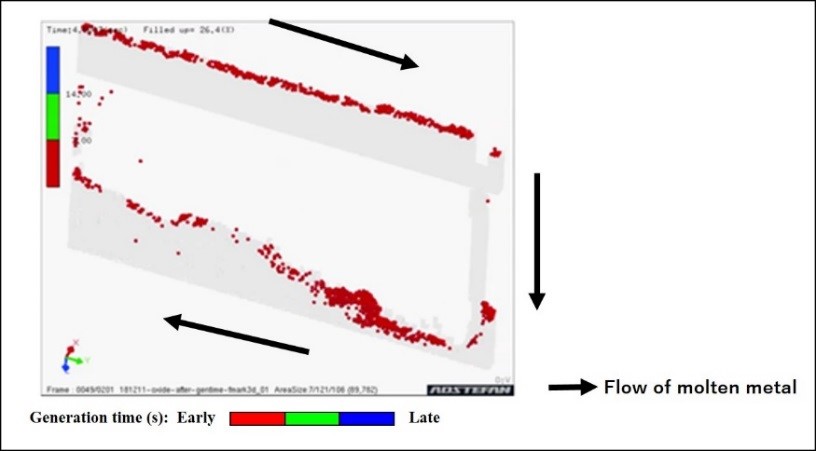
(6) Oxide films are generated when the molten metal comes into contact with air.
(7) Broken chill layers are generated when an oxide film solidified inside the sleeve (a tube-like portion for previously accommodating molten metal when charging the molten metal into the molds; used in die-casting, one of the metal mold casting methods) is penetrated by the plunger tip.
(4) [Function expansion: Increased analysis speed] Calculation scope designation function and the integrated processing of data on analysis results. The number of times required for input and output of files was reduced by adding the calculation scope designation function for limiting the portion to be analyzed and by performing integration processes for the data of the analysis results generated when parallel analysis is performed while implementing analysis.
With these functions, the time taken for visualization of analysis results is reduced. Specifically, the total computation time (analysis time + file input/output time) has been reduced by 44%(8) for fluid flow analysis and by 36% for solidification analysis in comparison with those in ADSTEFAN Ver. 2018.
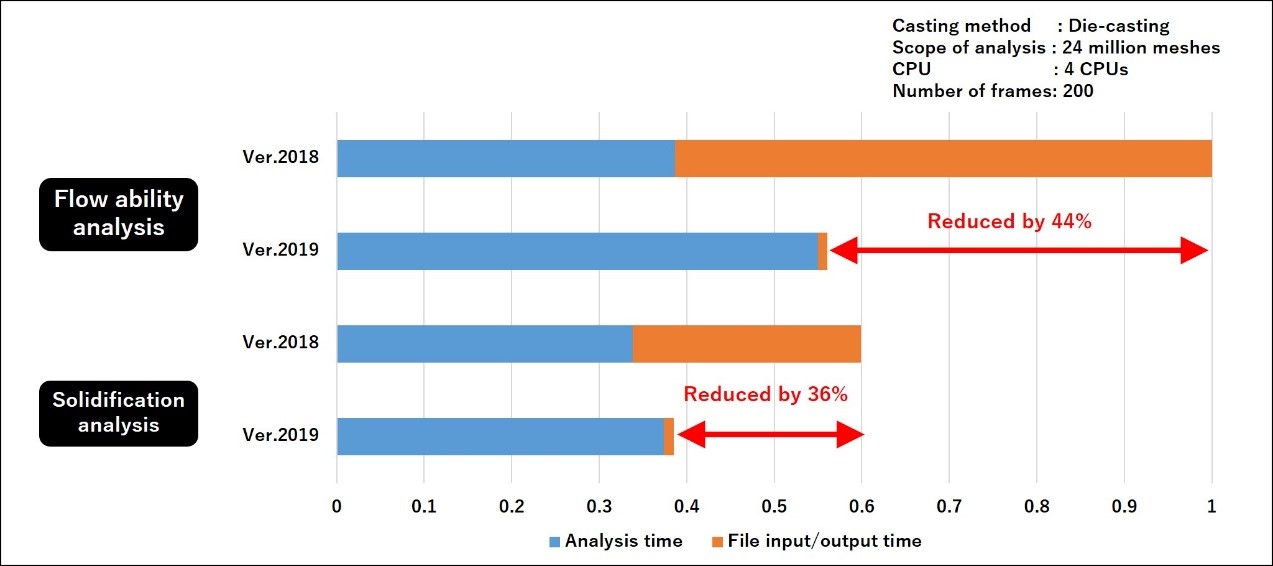
(8) Based on research by Hitachi Industry & Control as well as cases where the scope of analysis is 24 million meshes, 4 CPUs and 200 frames in the die-casting method.
Website about ADSTEFAN Ver. 2019
https://www.adstefan.com/en/index.html
About Hitachi Industry & Control Solutions, Ltd.
Hitachi Industry & Control, headquarter in Tokyo, Japan, is a major company supporting the Hitachi group’s industrial solution business. The company has provided solutions to a wide range of fields including industrial, security and embedded system. Unite individual products and technologies from an optimum point of view, find and solve customer challenges together. In embedded system development for automotive, provide engineering services for image sensing, signal processing and software development. For more information on Hitachi Industry & Control, please visit www.info.hitachi-ics.co.jp/eng.


